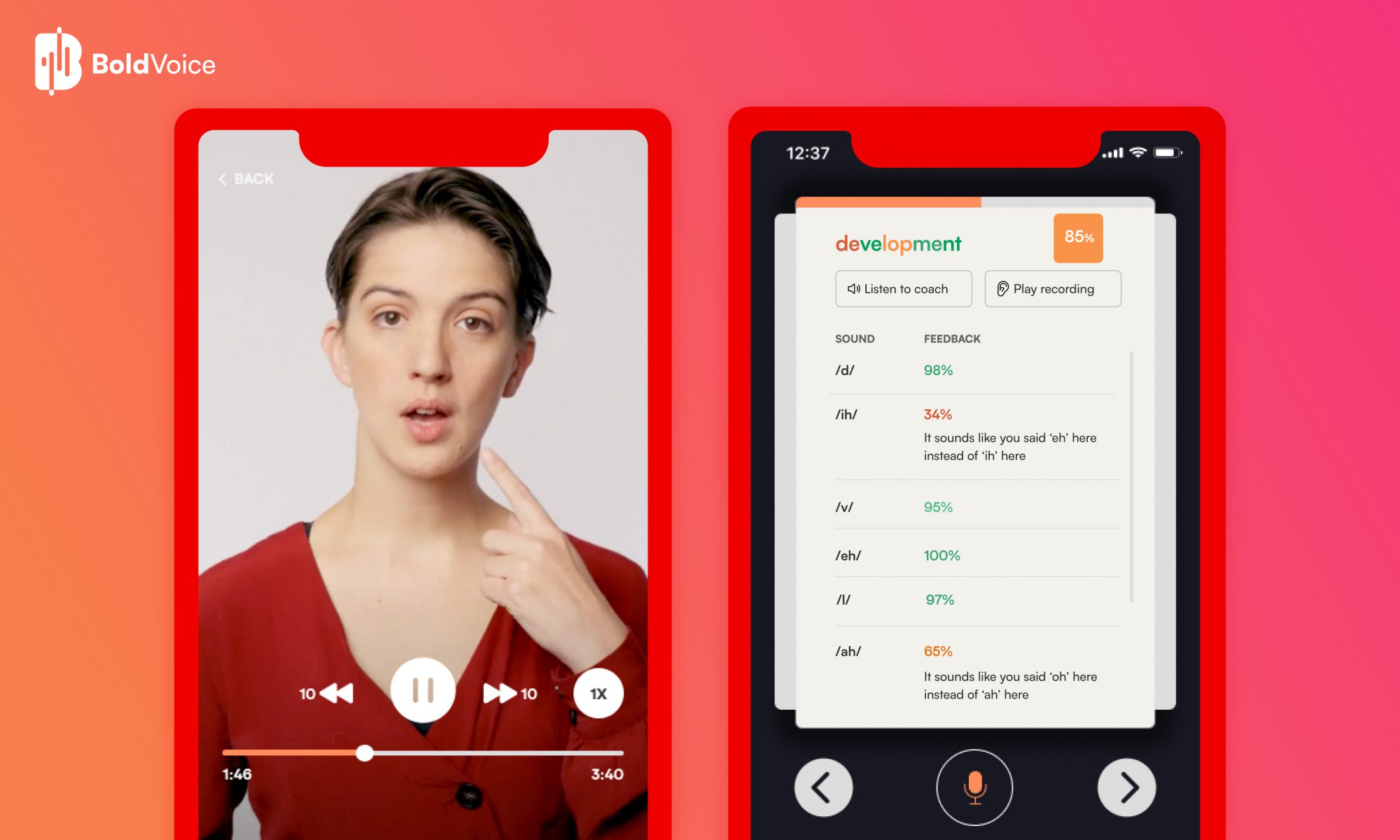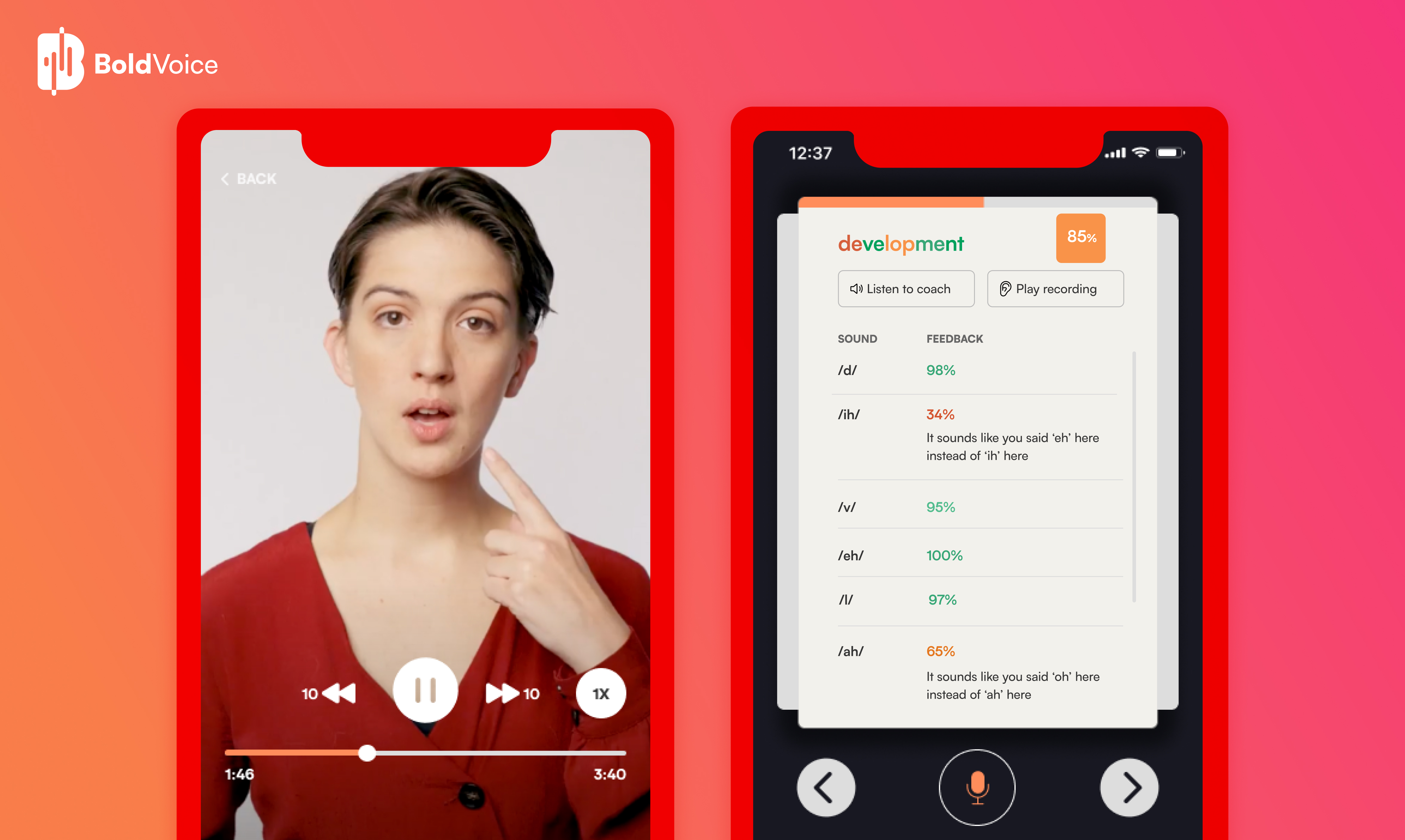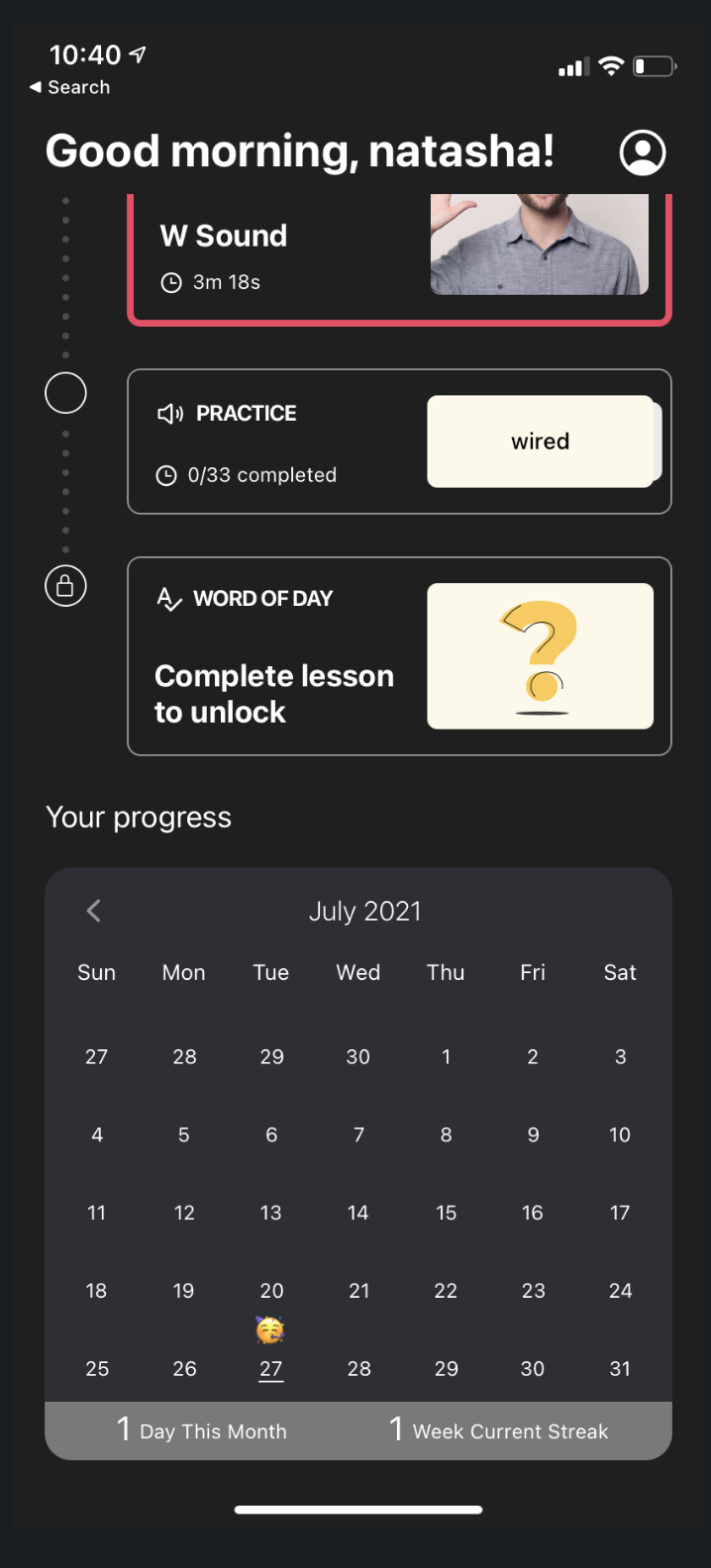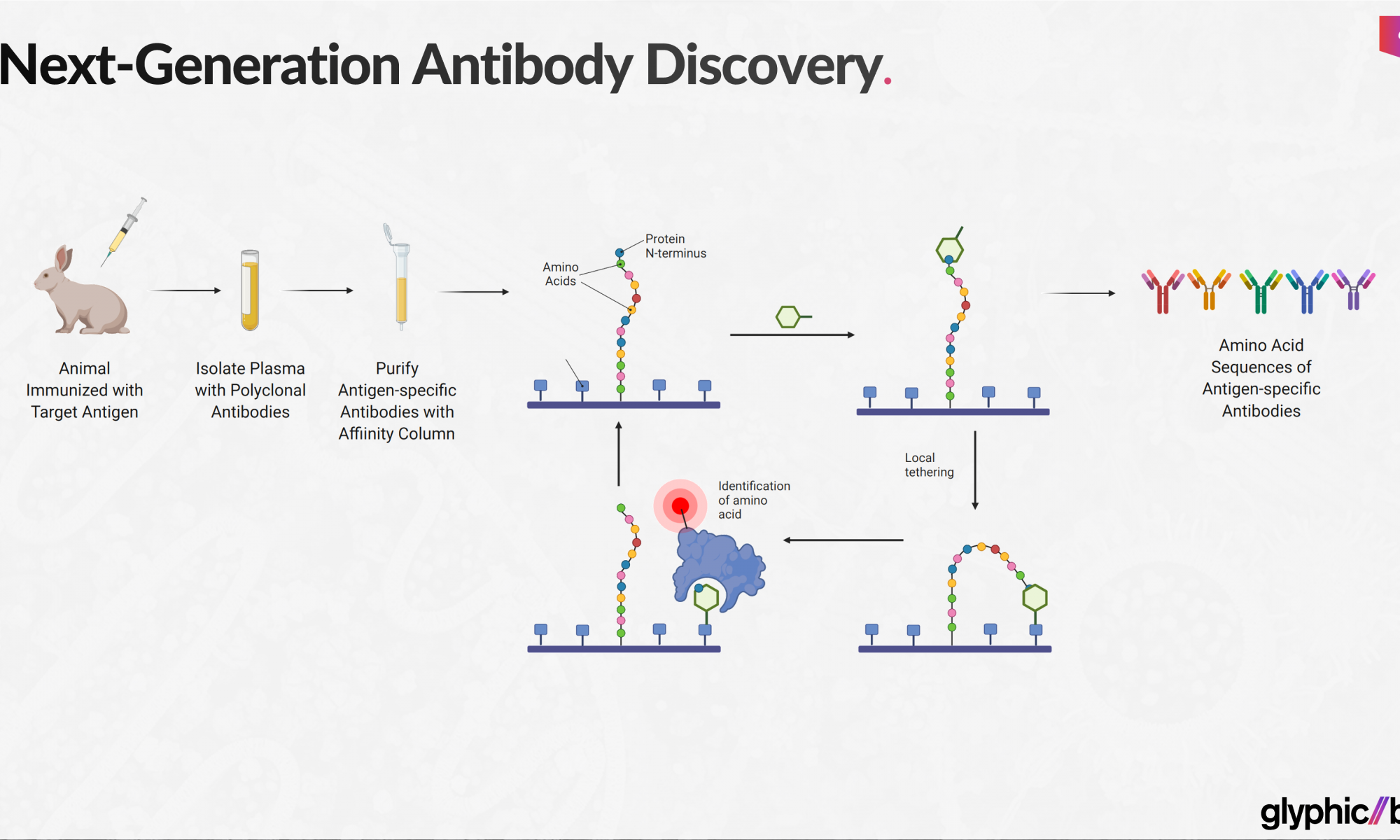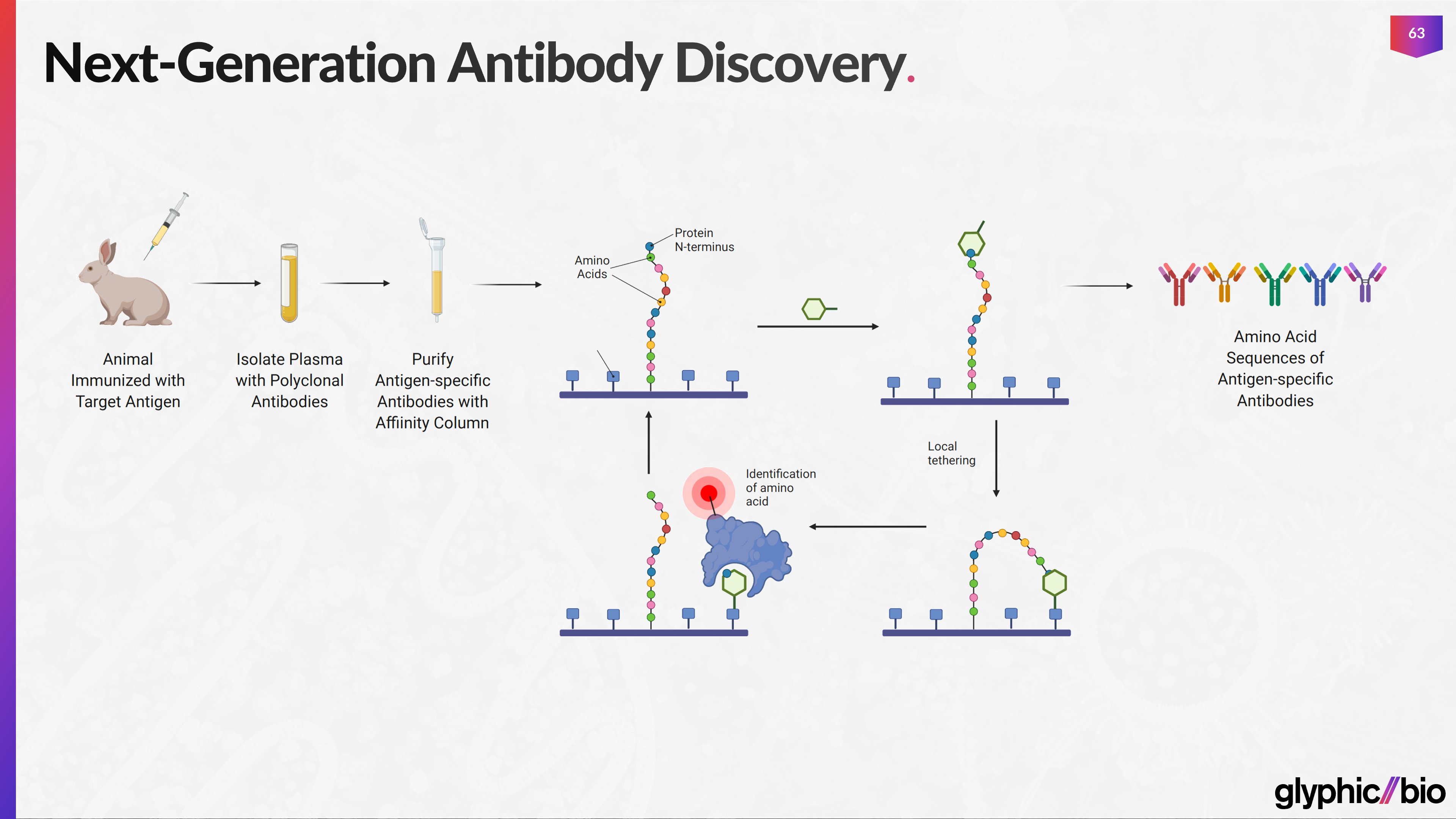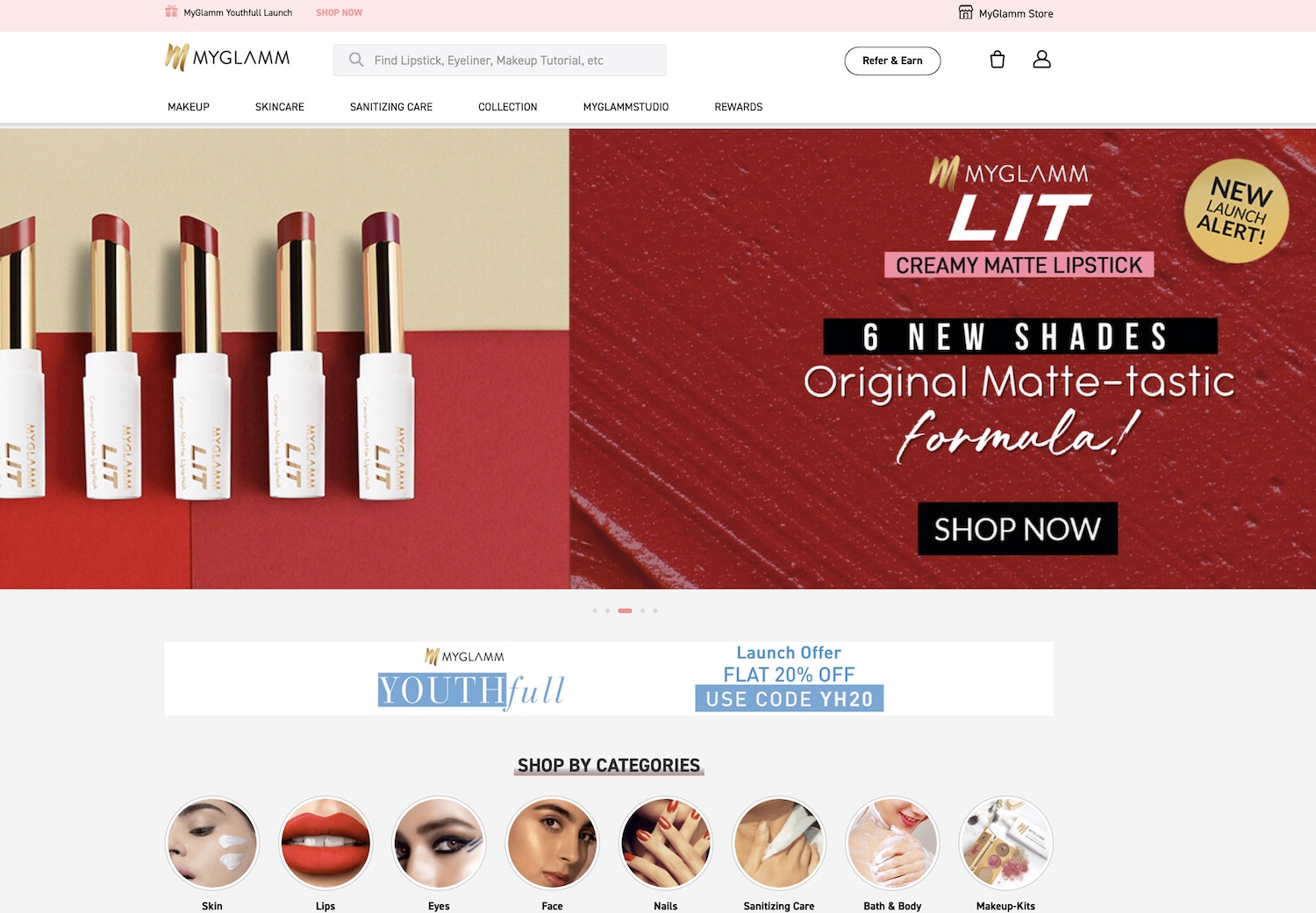Twitter’s recent acquisition spree continues today as the company announces it has acqui-hired the team from news aggregator and summary app Brief. The startup from former Google engineers launched last year to offer a subscription-based news summary app that aimed to tackle many of the problems with today’s news cycle, including information overload, burnout, media bias, and algorithms that promoted engagement over news accuracy.
Twitter declined to share deal terms.
Before starting Brief, co-founder and CEO Nick Hobbs was a Google product manager who had worked on AR, Google Assistant, Google’s mobile app, and self-driving cars, among other things. Co-founder and CTO Andrea Huey, meanwhile, was a Google senior software engineer, who worked on the Google iOS app and had a prior stint at Microsoft.
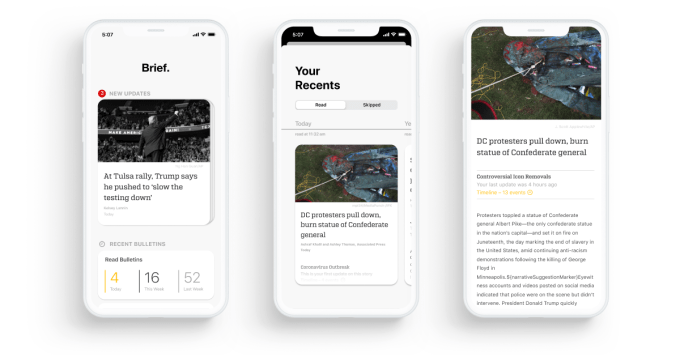
Image Credits: Brief
While Brief’s ambitious project to fix news consumption showed a lot of promise, its growth may have been hampered by the subscription model it had adopted. The app required a $4.99 per month commitment, despite not having the brand-name draw of a more traditional news outlet. For comparison, The New York Times’ basic digital subscription is currently just $4 per week for the first year of service, thanks to a promotion.
Twitter says the startup’s team, which also includes two other Brief employees, will join Twitter’s Experience.org group where they’ll work on areas that support the public conversation on Twitter, including Twitter Spaces and Explore.
While Twitter wouldn’t get into specifics as to what those tasks may involve, the company did tell TechCrunch it hopes to leverage the founders’ expertise with Brief to build out and accelerate projects in both those areas.
Explore, of course, is Twitter’s “news” section, where top stories across categories are aggregated alongside trending topics. But what it currently lacks is a comprehensive approach to distilling the news down to the basic facts and presenting balance, as Brief’s app had offered. Instead, Twitter’s news items include a headline and a short description of the story, followed by notable tweets. There’s certainly room for improvement there.
It’s also possible to imagine some sort of news-focused product built into Twitter’s own subscription service, Twitter Blue — but that’s just speculation at this point.
Twitter says it proactively reached out to Brief with its offer. As part of its current M&A strategy, the company is on the hunt for acquiring talent that will complement its existing teams and help to accelerate its product developments.
Over the past year, Twitter has made similar acqui-hires, including those for distraction-free reading service Scroll, social podcasting app Breaker, social screen-sharing app Squad, and API integration platform Reshuffle. It also bought products, like newsletter platform Revue, which it directly integrated. The company even held acquisition talks with Clubhouse and India’s ShareChat, which would have been much larger M&A deals.
“We’re really glad we ended up at Twitter,” Hobbs told TechCrunch.
“Andrea and I founded Brief to build news that fostered a healthy discourse, and Twitter’s genuine commitment to improve the public conversation is deeply inspiring,” he said. “While we can’t discuss specifics on future plans, we’re confident our experience at Brief will help accelerate the many exciting things happening at Twitter today,” he added.
Hobbs said the team remains optimistic about the future of paid journalism, too, as Brief demonstrated that some customers would pay for a new and improved news experience.
“Brief pioneered a fresh vision for journalism, focused on getting you just the news you need rather than as much as you could withstand,” remarked Ilya Kirnos, founding partner and CTO at SignalFire, who backed Brief at the seed stage. “That respect for its readers made SignalFire proud to support founders Nick Hobbs and Andrea Huey, who are now bringing that philosophy to the top source of breaking news — Twitter.”
To date, Brief had raised a million in seed funding from SignalFire and handful of angel investors, including Sequoia Scouts like David Lieb, Maia Bittner, and Matt Macinnis.
As a result of today’s deal, Brief will wind down its subscription app on July 31. The company says it will alert its current user base today via a notification about its forthcoming shutdown but the app will remain on the App Store offering new features that allow users to explore its archives.
Source: Tech Crunch




